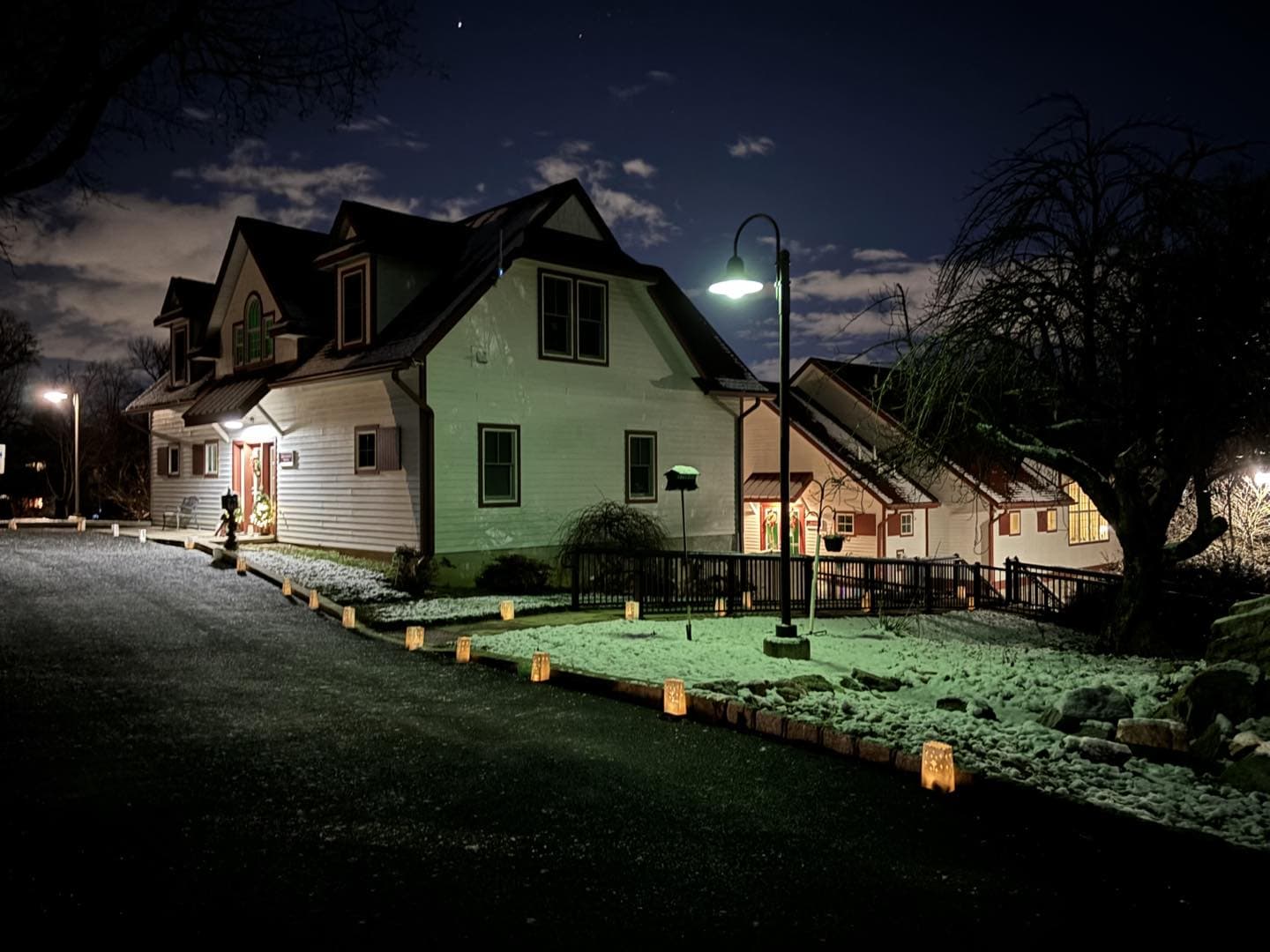The King will reply, ‘Truly I tell you, whatever you did for one of the least of these brothers and sisters of mine, you did for me.’ Matthew 25:40
Dear Friends,
Over the holiday break, I read and re-read the book (marking up its pages, creasing the back cover) that Sr. Mary had lent to me: The Whole Language: The Power of Extravagant Tenderness (Avid Reader Press, 2021), written by Gregory Boyle. A Jesuit priest who founded Homeboy Industries in East Los Angeles, Fr. Gregory describes through laughter and tears his experiences working with the former gang members and persons transitioning out of prison. He movingly portrays the trauma and violence experienced by the men and women whom he knows and loves, beginning in childhood and leading to the present, and describes how there is “…violence in gang violence, but there is no conflict. It is not ‘about something,’ It is the language of the despondent and traumatized.” His narrative presses us to remember that when “..we are asked to see as God sees… this changes all we view. We see wholeness, and it helps all of us rewire, not just the traumatized. The mystic’s quest is to be on the lookout for the hidden wholeness in everyone” (55).
One of the five critical concerns of the Sisters of Mercy is non-violence. The violence and trauma that happens to you, happens to me; we are wired together, interconnected–even when those connections feel hidden, hard to see, difficult to track.
On the evening of February 28, mixed media artist, Pamela Flynn, will be visiting Cranaleith to talk about her traveling art exhibit “Considering Harm.” Next to each canvas’ image, she refers to an incident of gun violence that has occurred in the very community where the piece is shown–our place, our time. The pictures stay the same, but the written descriptions change, the viewers change. The connections created–among the visual representation connected with the words and the trauma and the viewers and the times–feels nearly electric when “seen.”
Many of us have been watching the horrifying video footage from Memphis, watching as Tyre Nichols, a 29-year-old black father and photographer, tells the police he was “just trying to get home,” watching as he cries out for his mother, crying our own tears as we learn that he dies from the injuries of that fatal beating. A “routine” traffic stop. Several years ago, a young man knocked on the door of Cranaleith’s historic home, late in the night. He had been here before, as part of a staff retreat, but that night was different. “I am feeling so traumatized…,” he told Srs. Mary and Maria, “I just need to gaze out at beauty. I need to see beauty. Please?” He was a caseworker from Covenant House, the non-profit that serves runaway youths in the city of Philadelphia. That afternoon, he had been looking for a young girl, a child, whom he felt close to, whom he had hope for. He knew she had been hiding in an abandoned house in Philadelphia. He found her there, but too late.
Scientists have discovered that monarch butterflies migrating between Canada and Mexico, take an odd left turn as the fly over Lake Superior on their way south. They extend their migration path to skirt around a mountain that has not been in existence for millennia. The butterflies’ genetic memories of a nearly ageless structure that stood in the way of their flight, remains. Maybe our reaction to violence and trauma is like the memory of the monarchs? Maybe we need to see, together, our invisible mountains in order to continue our mystic quest? Maybe that’s our way to finding our healing wholeness? Maybe that’s our hope?
In Mercy,
Dawn L. Hayward



